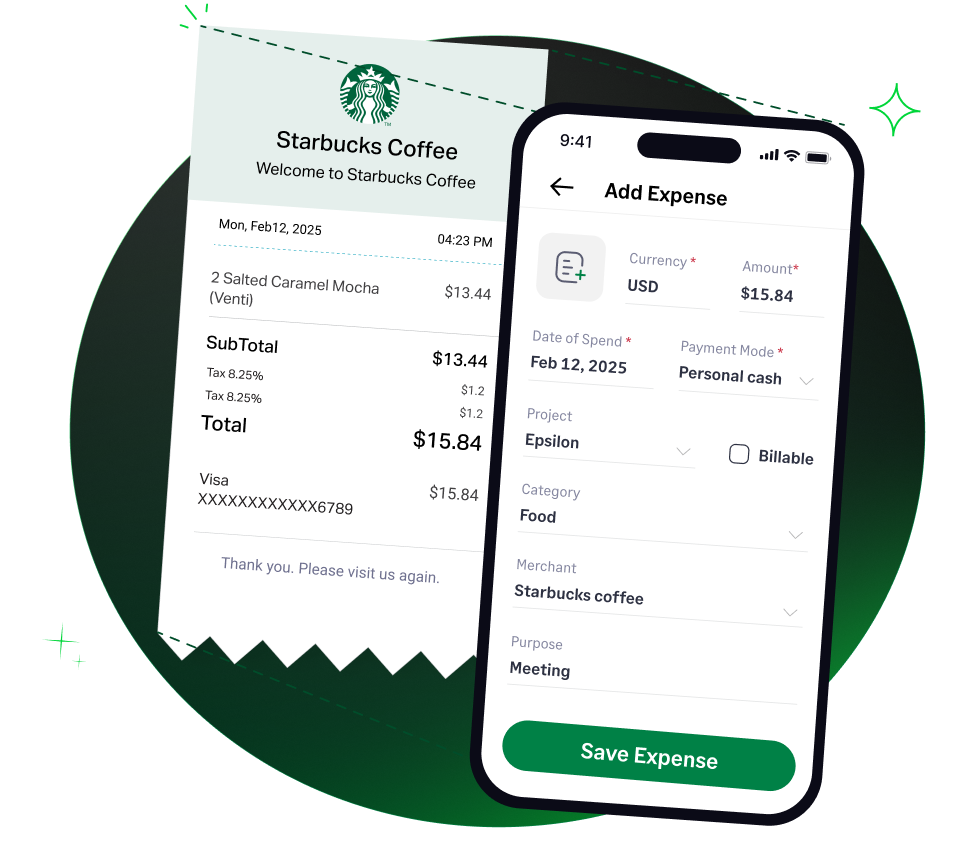 4.6/51670+ reviews
4.6/51670+ reviewsKeeping the lights on and the heat running is a fundamental cost of operating any physical business location. Expenses for utilities, such as electricity, gas, heating oil, and water, are a necessary and recurring part of your budget.
For accountants and business owners, the good news is that these costs are a straightforward and fully deductible business expense. However, it's crucial to properly allocate these costs if you have a home office. This guide will clarify how the IRS categorizes utility expenses, outline the important rules you must follow, and explain how to automate tracking for these recurring costs.
The costs you pay for your business's electricity, gas, heat, and other similar services are an ordinary and necessary business expense, categorized under Utilities.
IRS Publication 535 specifically lists heat, lights, power, telephone service, and water and sewerage as deductible utility expenses. This is a dedicated line item on the Schedule C tax form, making it a distinct and important category to track.
The most critical factor in deducting utility costs is accurately separating business use from personal use, particularly if you work from home.
If you have a qualifying home office, you can deduct the business portion of your household utilities.
IRS Publication 535 is clear that you must divide the total cost between the business and personal parts. For example, if your home office takes up 15% of your home's square footage, you can generally deduct 15% of your total household electricity and gas bills for the year. You cannot deduct the full amount.
In some commercial leases, utility costs may be included in your single monthly rent payment. If not separately stated, the entire payment is deducted as a Rent Expense. If your lease agreement requires you to pay for utilities separately, you deduct them under the Utilities category.
While telephone service is a utility, the IRS has a specific rule for home-based businesses. As detailed in
Publication 535 states that you cannot deduct the cost of the first basic landline in your home. However, you can deduct the cost of a second business-only line and any business-related long-distance charges on the first line.
To deduct your utility expenses, you must report them correctly and maintain proper documentation.
For a sole proprietor filing a Schedule C (Form 1040), the business portion of your utility costs is deducted on Part II, Line 25, Utilities.
You must have documentary evidence to substantiate your utility expenses. Your records should include:
Sage Expense Management simplifies the management of recurring utility bills, ensuring every payment is captured, coded, and ready for tax time.




